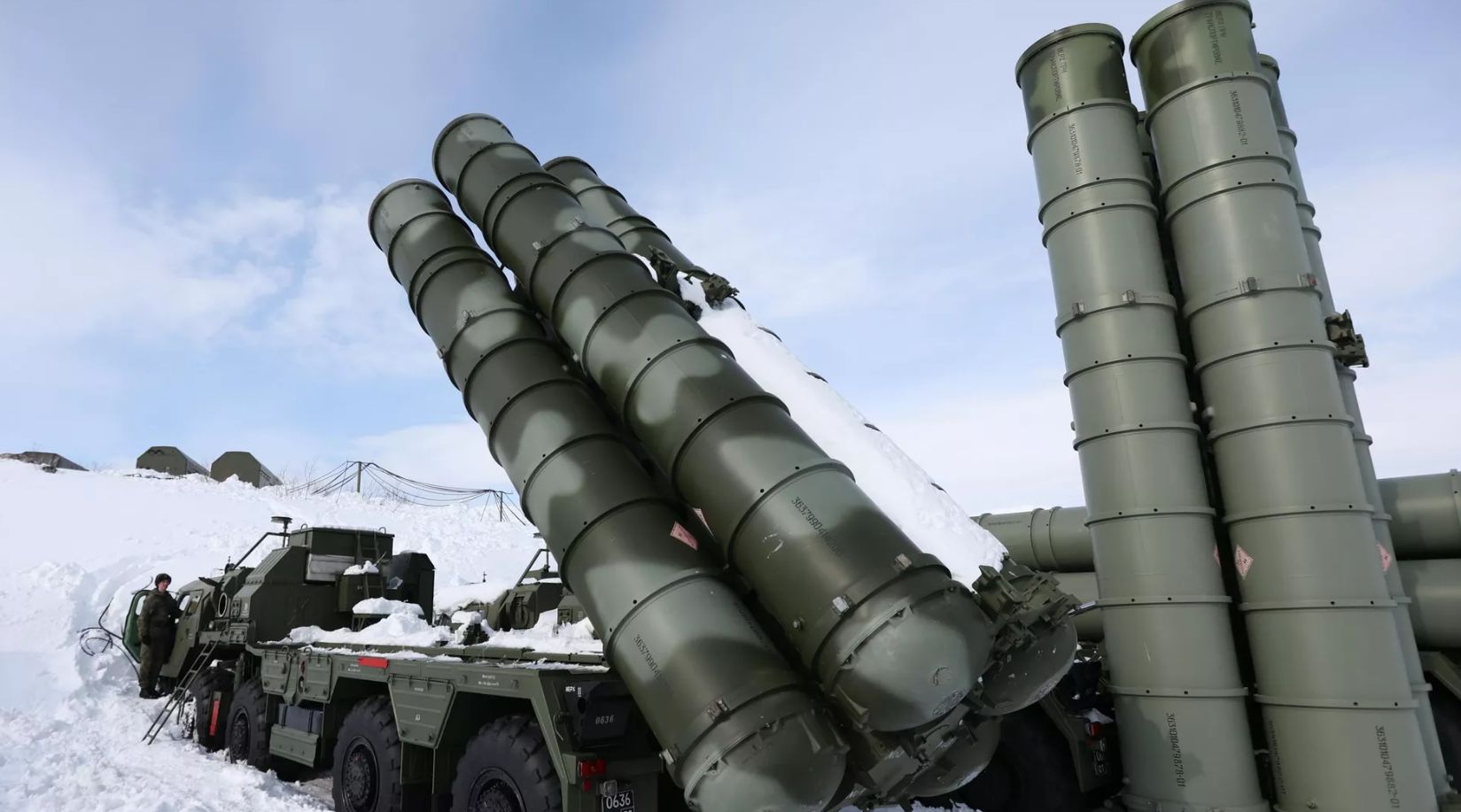Late last month, Russia carried out a ghastly attack on Kramatorsk in the Donetsk oblast by using its lethal S-400 Triumf air defense system. Weeks later, the Ukrainian forces claim to have exacted revenge by taking out that same S-400 launcher responsible for the attack.
1st Case Of Online Killing? Russian Submarine Commander Falls Prey To Fitness Tracking App
Ukraine’s Center for Strategic Communication and Information Security of Ukraine (Stratcom) claimed in a tweet on July 14 that a Ukrainian HIMARS MLRS had destroyed the Russian S-400 launcher that attacked the town of Kramatorsk in Donetsk Oblast on June 27.
The Ukrainian Stratcom’s statement read, “A Ukrainian HIMARs successfully destroyed the S-400 missile that injured 61 and killed 13 innocent people in Kramatorsk (including four children and writer Victoria Amelina). HIMARs delivered the best revenge.”
The photos posted by Stratcom showed a completely charred S-400 launcher which has been the mainstay of Russia’s air defense in the ongoing war against Ukraine.
On June 27, in what was believed to be one of the worst bombardments by Russian troops on the Kramatorsk region, some 11 people were killed and 61 wounded. The attack was a stark reminder that despite Ukraine’s advancing counteroffensive, Russian aerial onslaught was far from over.
⚡ BREAKING: Ukrainian HIMARs successfully destroyed the S-400 missile that injured 61 and killed 13 innocent people in Kramatorsk (including 4 children and writer Victoria Amelina). HIMARs deliver the best revenge. pic.twitter.com/lzELOnradZ
— SPRAVDI — Stratcom Centre (@StratcomCentre) July 14, 2023
The regional governor Pavlo Kyrylenko announced at the time that the attack also caused damage to 18 multistory buildings, 65 homes, five schools, two kindergartens, a shopping center, an administrative building, and a recreational structure.
In the aftermath of the attack, preliminary assessments and open intelligence accounts stated that the attack was carried out using S-300 surface-to-air missiles. However, later the National Police attributed the attack to the Iskander short-range ballistic missiles.

Kramatorsk was likely targeted because it is a frontline city home to the Ukrainian army’s regional headquarters. The city lies just 55 kilometers from the front lines and Bakhmut in Donetsk Oblast. For the same reason, Kramatorsk has been a way station for Ukrainian troops, making it a frequent target of Russian missiles.
One of the most intriguing parts of Ukraine’s claim of avenging the Kramatorsk by destroying the S-400 is the fact that the strike was carried out using a HIMARS launcher. This development comes amid reports that HIMARS have lost their sheen, and their rockets have been rendered mostly inefficient by Russia.
It was first in January 2023 that claims of a Russian S-400 biting the dust appeared on social media. At the time, EurAsian Times reported that the Russian military had allegedly lost a launcher from its most advanced air defense system, the S-400 ‘Triumf,’ in the east Ukrainian region of Zaporizhzhia.
Russia Using S-400 To Attack Ukraine
Earlier, Ukrainian intelligence revealed that Russia is using its S-300 and S-400 air defense missiles more frequently to attack ground targets.
Spokesperson of the Ukrainian Air Force Yuriy Inhat claimed at the time, Russian forces preferred to deploy the more plentiful S-300s against ground targets. However, S-400s are also used in this capacity.
The S-300 and S-400 are both made to hit targets in the air. However, it is said that Russia had modified these air defense systems to strike ground targets.
As per earlier reports, S-400 48N6DM anti-aircraft missiles targeted Kyiv, the capital of Ukraine, on January 14 this year. The S-400 missiles that were fired at the time most likely originated from the Zyabrovka airbase in Belarus. EurAsian Times could not independently verify the information.
The warhead of the 48N6DM missile reportedly weighs 180 kilograms and has a maximum range of 250 kilometers against both air and ground targets. The maximum top speed of the 48N6DM rocket is 2.5 kilometers per second.

It can be activated even at low altitudes or while in contact with the surface in the event of an impact on a ground target, allowing for significant destruction.
Additionally, according to some sources, 48H6DM has poor precision even at close ranges, which causes them to miss their intended targets frequently. For the accuracy of the strike, the 48N6DM missile’s guidance mechanism in “ground-to-ground” mode requires direct radar vision between the radar and the missile.
According to the Center for Countering Disinformation, Ukrainian sources have noted that it is very challenging for their air defense and anti-missile forces to detect the launch and identify it as a missile strike on a Ukrainian ground target.
“Under such conditions, it is not always possible to warn the population in time about a missile threat, as was confirmed by the latest shelling, when the air warning system in the capital did not have time to work,” it said in a report published earlier.
Despite the lethality of these missiles that Ukraine failed to intercept on June 27, Ukraine has finally avenged the attack by taking out the entire launcher itself, which is one of Russia’s most prized possessions.
- Contact the author at sakshi.tiwari9555 (at) gmail.com
- Follow EurAsian Times on Google News




